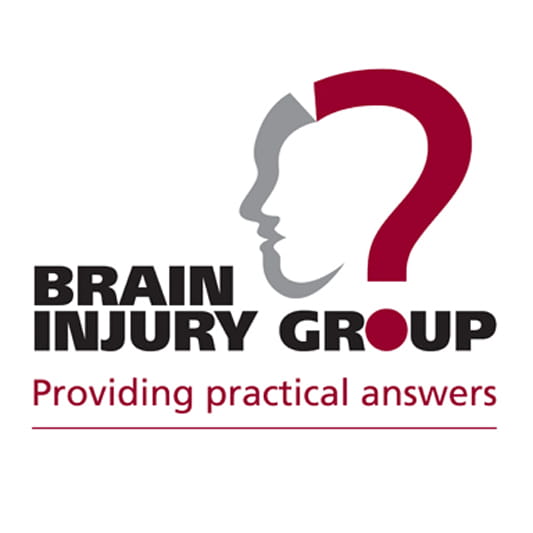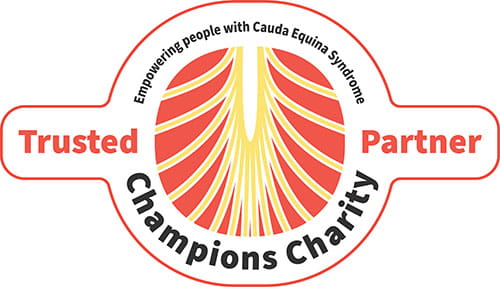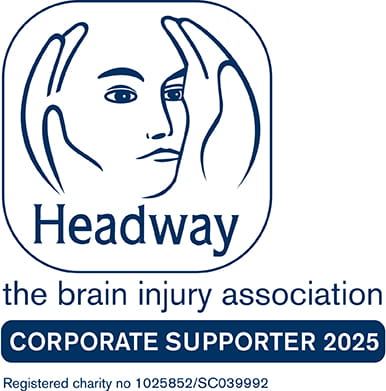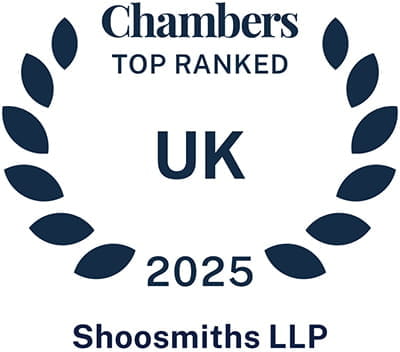A secondary victim is someone who is diagnosed with a recognised psychological injury as a result of the shock of witnessing harm caused to someone very close to them (the primary victim), such as a mother who sees her child run over or a husband who witnesses the death of his wife in a car crash.
For very many years it has been self-evident that some people caught up in the scene of an accident went on to suffer recognised psychiatric illnesses as a result of the shock of witnessing avoidable accidents in which other people, particularly close relatives, were injured or killed.
The case of Alcock v Chief Constable of South Yorkshire Police [1992] brought a considerable tightening of the law governing secondary claims for psychological injury. Claims were brought by several people after the Hillsborough stadium disaster in 1989, where 96 Liverpool fans died in a massive crush during an FA Cup semi-final.
The Taylor Report published in 1990 (as well as the later report of the Hillsborough Independent Panel) concluded that deaths arose from the police negligently allowing too many supporters to crowd into one part of the stadium.
Claimants alleged to have seen their friends and relatives die in the crush and suffered psychiatric harm or nervous shock after the incident. Those making this claim were 'secondary victim's - i.e. they were not 'directly affected' as opposed to the primary victims who were either injured or were in danger of immediate injury.
It's important to note that the law has always distinguished 'recognised psychological illnesses' from shock, fear, anxiety or grief which are regarded as 'normal emotional consequences' of a distressing event and for which damages are not awarded.
In 1990 the Judicial Committee of the House of Lords reviewed the cases of Hillsborough relatives and attending emergency services who claimed to be secondary victims and established a number of 'control mechanisms' or conditions that had to be fulfilled in order to justify a claim against the negligent party as a secondary victim.
For policy reasons their Lordships set strict limits on who could bring such a claim. One concern for example was that millions of people watching news on their televisions might be moved by shocking events. In order to arbitrarily limit who could claim a number of rules were laid down.
These limits to who can claim involve 'control mechanisms' (also known as the Alcock criteria). They form additional hurdles that claimants have to be overcome:
To be considered a 'secondary victim' a claimant must perceive a 'shocking event' with their own unaided senses - as an eye-witness to the event or hearing the event in person, or viewing its 'immediate aftermath'. This requires close physical proximity to the event, and would usually exclude events witnessed on television or broadcast on radio or being told about it by a third party.
The shock must be a 'sudden' and not a 'gradual' assault on the claimant's nervous system. So, if for example a claimant develops depression or a similar illness as a consequence of living with a relative debilitated by the accident, they will not be considered a secondary victim and will not be able to recover damages.
If the nervous shock is caused by witnessing the death or injury of another person the claimant must show a 'sufficiently proximate' relationship to that person, usually described as a 'close tie of love and affection'. Such ties are presumed to exist only between parents and children, as well as spouses and fiancés. For all other relations, including aunts, uncles, grandparents and siblings, ties of love and affection must be proved.
It must be reasonably foreseeable that a person of 'normal fortitude' in the claimant's position would suffer psychiatric damage. The closer the tie between the claimant and the victim, the more likely it is that a claim would succeed.
In the event none of the Hillsborough claimants were successful because they did not fit the Alcock criteria. To be considered a secondary victim there must now be an unbroken narrative and a continuity from direct perception of the event and its aftermath. A seamless and consistent tale with an obvious beginning and an equally obvious end. A number of cases over the past year have applied these tests and the law has been interpreted accordingly.
It's perfectly feasible for example that you could actually witness with your own eyes a car crash or any other accident that directly caused the death of a loved one. In these circumstances, it is still possible to make a in as a secondary victim.
However, it is now extremely difficult to make a claim as a secondary victim in a medical negligence case. Jill Davies, a solicitor with Shoosmiths specialising in medical negligence claims, explains why:
'In cases of medical negligence, by definition it is less likely that you would have been present to witness the negligence, for example in the operating theatre when a surgical error was made, so therefore would not have witnessed the event or its immediate aftermath with your own unaided senses'.
In cases like that of Avril Bandy where she did not actually witness the events that directly caused her son's death but 'merely' suffered the psychological trauma of watching paramedics attempting CPR for almost half an hour before they pronounced him dead, it became much less certain that her claim as a a secondary victim would succeed.
The 'Alcock criteria' have been criticised because of their emphasis not only on the immediacy of the aftermath but the continuity of experiencing that aftermath. Indeed leading legal academic, Professor Jane Stapleton wrote in her essay* 'In Restraint of Tort': 'A mother who suffers psychiatric injury after finding her child's mangled body in a mortuary might wonder why the law rules her child's blood too dry to justify an action.'
The situation is further exacerbated in cases where a coroner's inquest is required. Inquests can be delayed for a number of perfectly legitimate reasons, such as waiting for criminal proceedings to be completed. Pressures on an already overstretched coronial service have undoubtedly also contributed to delays.
As a result, bereaved people in some parts of the country have had to wait years for inquests to be completed. If that bereaved person seeks legal representation at inquest and it becomes apparent to their lawyer that they are still suffering from a psychological reaction that is greater than conventional grief, under the Alcock criteria they will not be able to bring a successful legal claim. The time interval between witnessing the immediate traumatic event or its aftermath and the coroners' inquest may be too great to allow this.
Some cynical observers have suggested that the Alcock criteria, when applied to medical negligence cases in particular, provide a rule which is cheap to administer and mitigates the 'huge sums' that are awarded to claimants when that money could be better spent improving care within the NHS.
No one can dispute that the NHS having more to spend on the quality of patient care instead of paying out for medical negligence actions is desirable. However, even Catherine Dixon, chief executive of the Law Society and former CEO of the NHS Litigation Authority (NHSLA) suggested in a recent article in the Law Society Gazette that tackling negligent NHS care at source would be the best way to achieve that.
Jill Davies comments:
'Unfortunately, the only consequence of applying the Alcock criteria to medical negligence cases may be to unfairly deny access to the truth and justice as well as compensation for those nearest and dearest who deserve it when their recognised psychological injuries have been caused (or at least exacerbated) by avoidable medical or clinical negligence.'
*Jane Stapleton, 'In Restraint of Tort', Peter Birks (ed), The Frontiers of Liability vol 2 (OUP 1994), 83.
Disclaimer
This information is for educational purposes only and does not constitute legal advice. It is recommended that specific professional advice is sought before acting on any of the information given. © Shoosmiths LLP 2025














